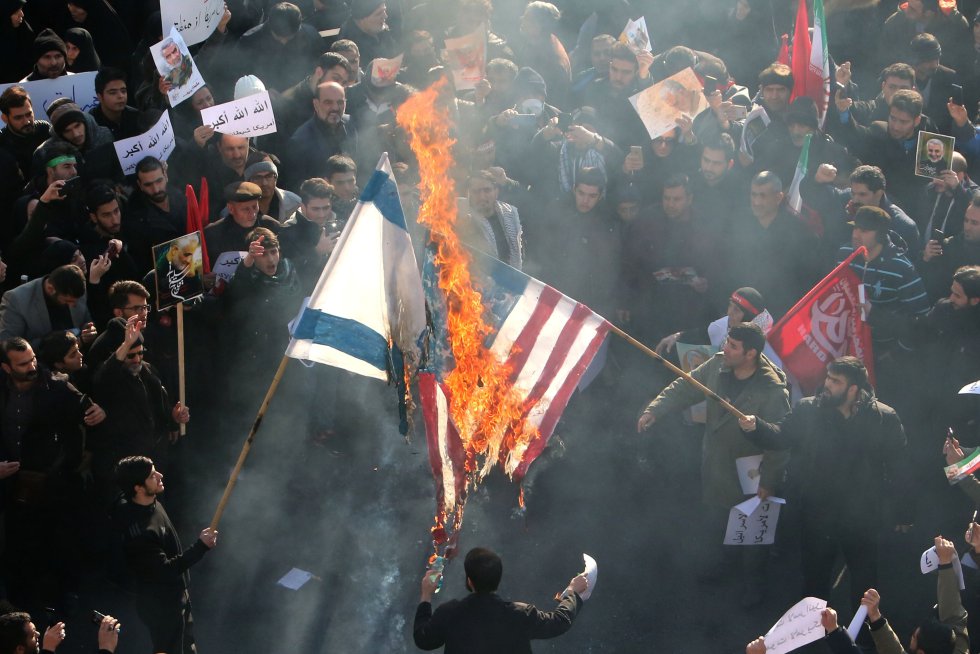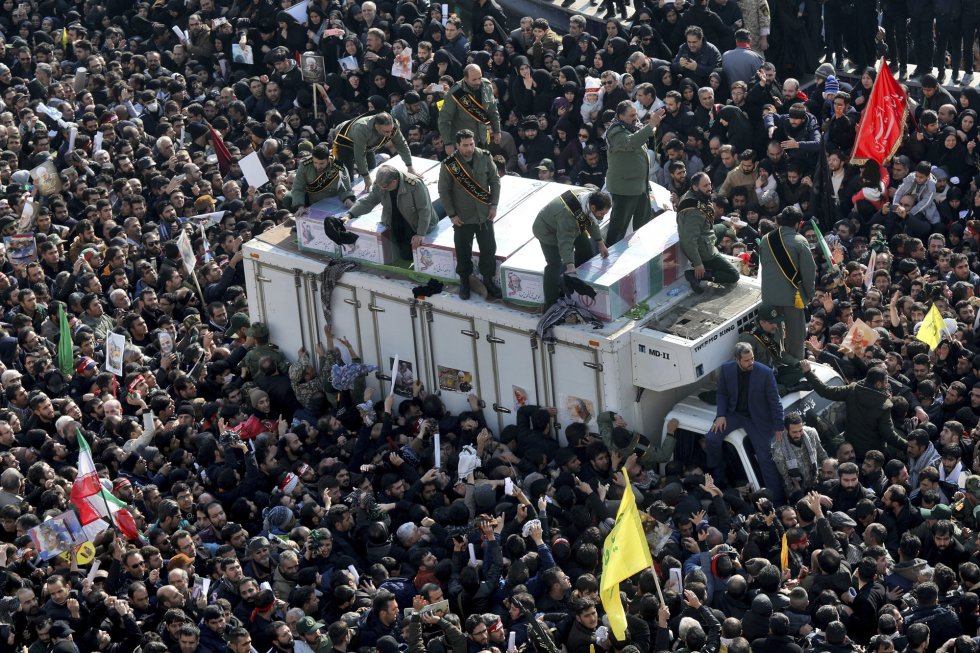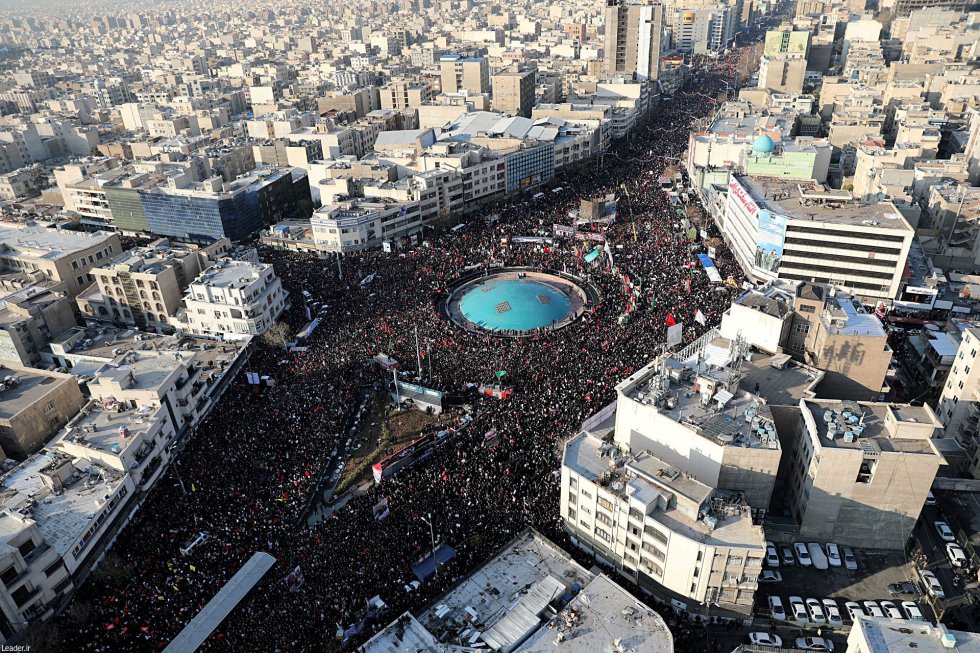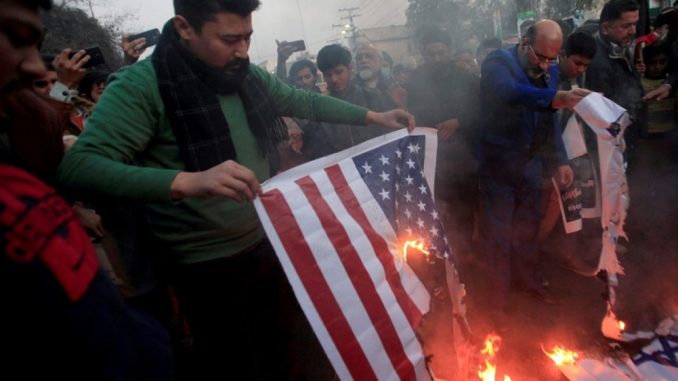
By Gustavo Giménez
On January 3, a US drone perpetrated an attack near Baghdad Airport. The ten deaths it caused included Iranian General Qasem Soleimani, the number two of that regime, and Abu Mahdi al Mohandes, senior head of the Pro-Iranian Shiite militias in Iraq. The US attack, which provoked an Iranian missile response, put the region on the brink of war and shakes the world situation.
In a climate of great tension, several events have developed since the attack. Oil rose 4.5%, stocks fell, the US announced a reinforcement of 3,500 troops, there were mobilizations of hundreds of thousands in Iran and Iraq, the Iraqi parliament called for the withdrawal of all foreign troops from its territory and Iran produced a first response by launching several missiles that hit two US military bases in Iraq, among other consequences.
Beyond our total opposition to the theocratic and repressive Iranian mullah (Islamic clerics) regime, and to the government of Iraq, the US military operation is a new attack against the sovereignty of both peoples. We repudiate that imperialist aggression, which puts the old slogan “Yankees, go home” on the agenda.
The Course of the Crisis
The crisis generated by the Soleimani’s assassination has not ended. In Baghdad, on Saturday 4, tens of thousands mobilized to the funeral of those killed, shouting “Death to the United States” and “No, no Israel”. Many members of the military units, who consider Soleimani and Mohandes heroes, paraded. Senior Iraqi officials also participated: Prime Minister Adel Abdul Mahdi and Pro-Iranian commander Hadi al Amiri.
On Sunday 5 there was another march, this time with hundreds of thousands, in the city of Mashhad, accompanying the coffin of Soleimani and the other fallen Iranians. On Monday 6, another hundreds of thousands – millions according to some – marched in Tehran. It was the largest mobilization since the funeral of the leader of the 1979 revolution, Ayatollah Ruholá Khomeini. In the presence of Iran’s top leader, Ayatollah Ali Khamenei, the chants against the US and Israel demanded a blunt response to the murder.
The Iranian government threatened to avenge the crime. “We will avenge his blood all together,” said President Hasan Rohani, and “wherever they can be reached,” added Gholamali Abuhamzed, senior commander of the Revolutionary Guards. According to Soleimani’s successor, Brigadier Esmail Ghaani, and Hezbollah [1] leader Hasan Nasrallah, the goal is to kick US troops out of the region. Addressing the crowd that honored the remains of her father in Tehran, Soleimani’s daughter, Zeinab, threatened to attack the US Army.
While Trump threatened to bomb 52 targets in Iran, many of the world’s leaders tried to tone things down. European leaders asked Iran not to respond militarily and remain “within the nuclear agreement” (an agreement that Iran denounced, though it has not completely broken with UN controls). Even the Saudi Arabian monarchy, US ally and arch-enemy of Iran, fearful of possible attacks on its distilleries, has called for maintaining the calm.
The Iranian revenge was a blow to the US: on January 8, it launched 22 ballistic missiles that hit two US military bases in Iraq from where the drone attack would have been launched. According to the US, there were no deaths. It was later revealed that Iran warned the Iraqi government before the attack so that it could evacuate the area and avoid fatalities. The CNN immediately highlighted the “moderation” of the Iranian response and search for a climate to “de-escalate” the conflict. Even so, if it is confirmed that an Iranian anti-aircraft missile accidentally shot down a Ukrainian plane that was leaving Tehran, causing 176 deaths, Trump will seek to use that tragedy in his favor.
Finally, Trump announced new economic sanctions, said he will continue to study “a response” to the Iranian attack and called on the European Union (EU) and NATO to break the old nuclear agreement and renegotiate another, more demanding, one and get more involved in the Middle East. A few hours earlier, Iraqi Prime Minister Abdel Mehdi said he had invited Soleimani to negotiate with Iran to reduce tensions in the area, at the request of the US president: “Trump asked me to mediate with Iran, and murdered my guest”. [2]
The Perspectives of the Conflict
Some international analysts consider it possible that this crisis will lead to an open military conflict between the US and Iran. Others sustain less serious hypotheses. Beyond the negotiating will of both parties (the Iranian foreign minister said that with the 22 missiles launched the “revenge” was completed), the magnitude of the attack has increased tensions in the region and opened a new situation. The crisis can unleash a process of action and reaction that goes beyond the initial will of the leaders of both parties.
Iranian leadership threatened to bomb Dubai, Haifa (Israel) and the United Arab Emirates, among other targets, if the US retaliated militarily to the missile attack. It is difficult to anticipate the future of the conflict, but the crisis can change the course of the situation throughout the Middle East. For example, the EU has been asking Iraq not to advance with its proposal to withdraw foreign troops from its territory, as this could allow certain recovery of the damaged ISIS or increase political polarization in Israel, where a worn out Netanyahu threatens with new attacks on Palestinians to try to recover, among other consequences.
The Failure of the US in Iraq and the Middle East
The United States fails to overcome the bogging down of its actions in Afghanistan and Iraq and has been significantly weakened in a region where it led an invasion of the first country and two “Gulf Wars” against the second, where it ended up overthrowing its former ally Saddam Hussein .
In Afghanistan, almost 20 years after the invasion against the Taliban, these have recovered and control part of the territory. This has forced the US to negotiate with those supposedly responsible for the attack on the Twin Towers.
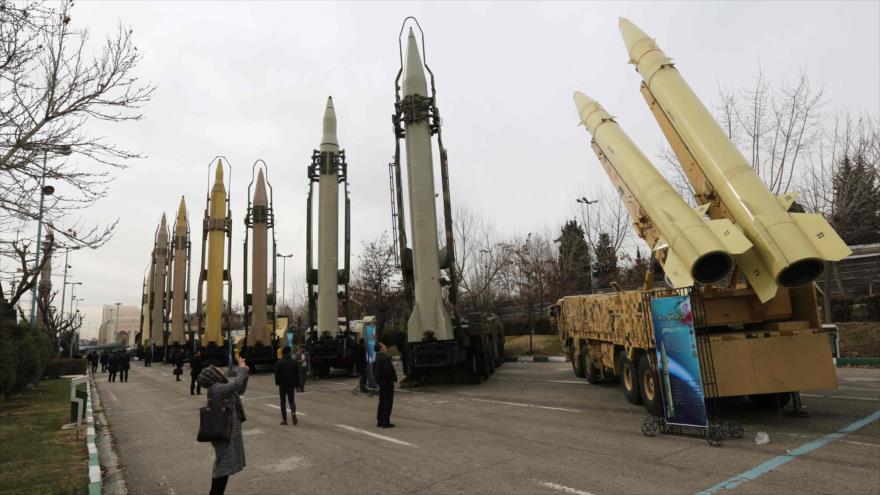
In Iraq, their situation is just as or even more complicated. According to specialist Emma Sky [3], in 2009 the US was very strong in Iraq, having played a key role in the defeat of al Qaeda in the civil war that followed the invasion and fall of the Saddam regime in 2003. In Baghdad they had their largest embassy worldwide, with more than 17 hectares and 12,000 employees. But its policy of supporting the Al Malaki government failed. Al Malaki persecuted the significant (almost 40% of the population) Sunni minority that Saddam relied on. Combined with the withdrawal of a portion of US troops, this allowed ISIS to grow as “protector of the Sunni nation”. In 2014, ISIS dominated a third of Iraq, which led Obama to withdraw support for Al Malaki, redeploy troops and accept a broad coalition against ISIS. Among other forces, “Kataib Hezbollah (KH), a Shiite militia backed by Iran, officially joined Iraqi security forces through an umbrella group known as the Popular Mobilization Forces” [4].
As part of these agreements with the Iranian regime and its allies, Obama finalized the nuclear agreement in 2015: representatives of US and European imperialism, Russia and China, signed an embarrassing treaty with Iran to curb the sovereign nuclear development of the country. After the war against ISIS, Iraqi Hezbollah militias began harassing US troops. What was known as an “unnatural” coalition had broken down and tensions were rising.
Iraq, Iran and Lebanon: The People Against Their Governments
The US attack came to change, for the moment, the axis of the popular struggles that were being fought in these countries against repudiated political regimes.
- In Iraq, since October 2019, young people, mostly unemployed or underemployed, led an uprising that was spreading against the pro-austerity and corrupt government of Prime Minister Adel Abdel Mehdi. Using the Iraqi repressive forces and pro-Iranian militias, Mehdi repressed the protests with violence: about 500 protesters were killed and 21,000 were wounded. The rebellion forced Mehdi to resign, though he is still in office waiting for a replacement. For two months, thousands demonstrated in Tahrir Square in Baghdad and ended up in bitter clashes with repressive forces. The movement spread to other cities. These mobilizations against poverty, austerity policies and corruption resulting from the ruin of the country by the American occupation, also confronted Iran’s influence on local government and the activity of the militias it controls, so the protests attacked Iranian diplomatic headquarters in Iraq [5]. The pro-Iranian factions, due to their agreement with the US to prop up the Iraqi government, sustained that that the US occupation favored the country.
- In Iran, demonstrations against an increase in fuel prices in December, 2019 were also massive. As in Iraq, they were violently repressed by the mullah regime, leaving more than 300 dead. The protests were a continuity of those of 2017-2018 against poverty and social inequality, now aggravated by the US economic blockade, but more massive and radicalized. This shows a growing weakness of the regime.
- In Lebanon, the protest broke out at the end of October, following an attempt to impose a tax on the use of WhatsApp. This broke the patience of the hungry people, fed up with austerity imposing and corrupt governments. There also, the youth was at the vanguard of great protests, which lasted months and ended up forcing the resignation of Prime Minister Saad Hariri. Again, “They must all go,” against the whole political regime, was a common denominator of the protesters. This repudiation includes pro-Iranian Hezbollah, who while yesterday was part of the heroic resistance to the Israeli invasion, is now part of the Lebanese government and as such played a repressive role against the mobilizations.
The imperialist attack occurred in this convulsive framework, in which the peoples of the Middle East had been fighting tough battles against their governments and reactionary regimes in a new wave of the Arab Spring that began a decade ago.
The Precedents of This Imperialist Aggression
Trump changed Obama’s line toward Iran. He broke the nuclear agreement and imposed strong pressures, such as the harsh economic blockade, to force it to make greater concessions, with more rigorous inspections of its nuclear facilities, limit its missile development and cease aid to regimes and movements related to Iran in the region: the Syrian government, Shiite militias in Iraq, Lebanese Hezbollah, Houthi rebels in Yemen, among others.
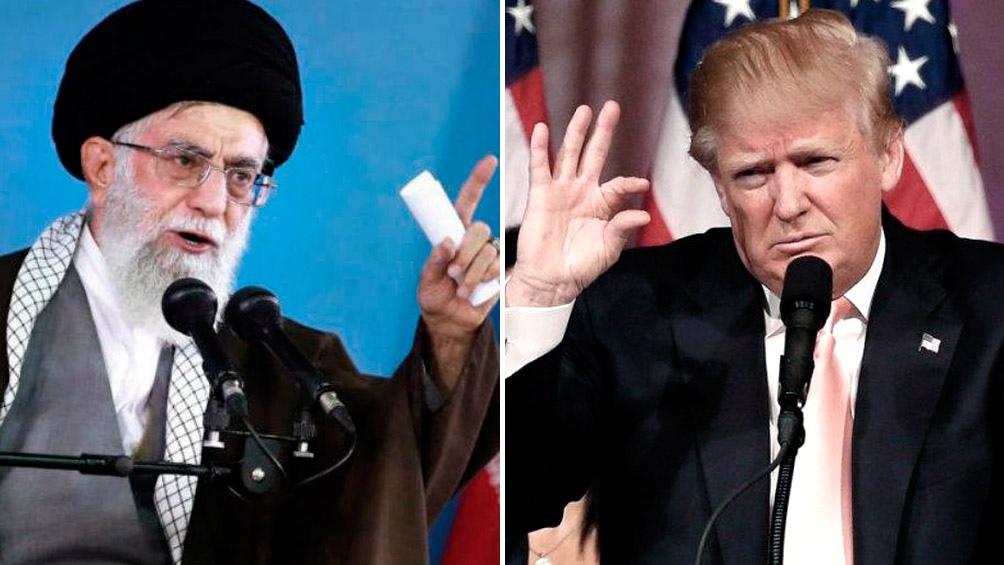
Given the refusal of the Iranian government to cede to these pressures, the
imperial aggression did not cease to escalate and cause shocks: the brutal
economic blockade, which causes an economic crisis of magnitude in Iran; the
sending of US warships to the Strait of Hormuz, off the Iranian coast, where
20% of world oil traffic passes; the shooting down of an American drone by the
Iranian militia; attacks on oil tankers in the strait; the sequester of an
Iranian oil tanker by Britain and the detention of a British tanker by the
Iranians in response; the attack of the Yemeni Houthis, supported by Iran,
against Saudi Arabia´s main distillery; the repeated bombings by Israeli
aviation of Iranian targets in Syria. These are some of the events that
occurred in these months of growing tension.
Therefore, the drone attack, which surprised the
Iranian leadership and the strategist Soleimani himself, is not a bolt of
lightning in a clear sky or just the product of a tactical brutality: it is
Trump’s choice of a hard aggression between several options that he considered
with US military intelligence.
On December 27, the rocket attack by Shiite
militias of a US base in Iraq, which left several soldiers and a mercenary dead,
resulted in the US bombing the bases in Iraqi and Syrian territory of the
pro-Iranian militias who had been attributed with the attack. The toll of that
American action was much higher: 25 dead and more than 50 injured. The
indignation of the Shiite militia grew and at the end of 2019 hundreds of them,
surpassing the custody of the Iraqi army that let them pass, marched to the US
embassy in Baghdad, threw rocks at it, occupied its periphery and burned part
of its facilities. US soldiers stopped protestors with gas and rubber bullets
when they had reached the hall. In times of great tension, they feared for the
life of diplomatic personnel. Thus, like the ghosts of a past not overcome, the
images of the capture of the US embassy with hostages in 1979 in Tehran (Iran)
and the assault on the US embassy in Benghazi, Libya, in 2012, where the
ambassador was shot [6].
Trump’s response, the assassination of Soleimani,
Iran’s main military commander of the Al Quds elite of the Revolutionary Guard
and considered the architect of the entire Iranian military deployment in the
region, takes the confrontation to a higher scale.
For the Sovereignty and Self-Determination of Iraq and Iran, Without any Support for Their Governments
Trump, the head of the cruelest imperial apparatus on the planet, justified Soleimani’s death by saying that he was “a terrorist”, responsible for murders of Americans in the Middle East, that he was preparing an attack on US personnel and that his “preventive” murder avoided a war.
Soleimani, by the way, was not a revolutionary leader (as the uncritical defenders of the Iranian government intend to make people believe) or a “martyr” in life (as the mullah regime embellishes him), but the military head of a government that just a few weeks ago had slaughtered its citizens for daring to protest against austerity policies. The militias that this general influenced in Iraq, led by Mohandes, also repressed, as we noted earlier, the recent popular Iraqi uprising. In addition, Iranian troops in Syria and the militias of their ally Hezbollah are co-responsible for the hundreds of thousands of deaths through which the genocidal Al Assad managed to stay in power and defeat the “Syrian Spring”.
However, revolutionary socialists do not get confused. The attack that caused the death of Soleimani, Mohandes and their comrades is an attack on the sovereignty of the people of Iraq and Iran and only they have the right to judge them. It is part of an escalation to overcome the refusal of the Iranian regime to imperial pressures. And in that fight we are not neutral: we stand with the people of both attacked nations, demanding justice, in the fight for the total withdrawal of imperialism from the Middle East. At the same time, we demand from the governments of the area a true anti-imperialist “war”. Beyond this or that armed action, the axis of that “war” is the promotion of consistent mobilization against the interests of the US and its allies throughout the region to make all resources available and place them under the control of the peoples.
Those are the main “missiles” that the Iranian government and its Iraqi counterpart are not willing to fire. That is why yesterday they agreed with Obama, then they sought an agreement with imperialism and European corporations to counteract the Trump blockade instead of relying on the anti-imperialist mobilization of the entire region; and today they prefer to apply austerity measures and repress their people than to touch the interests of local capitalists. Without ruling out the possibility of the current crisis forcing them, despite themselves, to move forward in tougher anti-US actions than expected, because of their capitalist class character, both governments oppose the development of a consistent anti-imperialist mobilization that questions the economic and political bases of the capitalist-imperialist system in the region.
The causes of the crisis and its perspectives
There are different opinions about what happened and what possible dynamic may follow. About the causes, some analysts emphasize the proximity of the US election campaign and Trump’s need to use this aggression and the campaign against Iran to win votes. Others emphasize the growing dynamic of the confrontation and the brutality of Trump’s responses.
Although these and other elements of the situation must be taken into account, the center of what happened must be sought in the deep crisis that the imperialist capitalist system has been going through since 2008, the loss of the traditional US hegemonic role and its failure in the Middle East, rich in oil. The revolutionary situation in the region, whose workers and peoples are obtaining partial triumphs, sharpens the crises and disputes between the different bourgeois sectors for the distribution of surplus value. In that fight, the imperialist powers seek to maintain and improve their areas of domination and exploitation. This is the background that is giving rise to the “crises, wars and revolutions”.
The old “nationalist” Arab regimes of the twentieth century gradually lost their “national” characteristics to weave different agreements with multinationals and imperial powers. As managers of local capitalism, they confronted the mobilizations and demands of their workers, youth and peoples as the economic crisis was wreaking havoc. This confrontation against an increasingly wealthy ruling class and business elites constitutes the revolutionary process called the Arab Spring.
For that same reason, although some of these regimes have had or have strong friction with the State of Israel, that “inland aircraft carrier” and imperialist enclave, they are unable, despite their speeches, to unite the anti-imperialist mobilization of all Arab peoples to defeat Israel and free the Palestinian people and other peoples of the region. The new wave of rebellions and revolutions that crosses the world has one of its epicenters in the Middle East. New generations of workers, young people, women, take to the streets to question the political regimes that administer the crisis – many of whom are submerged in corruption scandals – demanding social and democratic responses that these governments are unable to grant. And those struggles achieve important triumphs, which weaken the rulers.
Imperialism and the other powers, which double down on their dispute to obtain new and greater quotas of super-exploitation of the peoples and their common goods, try to take advantage of the outbreak of these political crises of the old local capitalist regimes and intervene, seeking to turn them in their favor.
This happened in the Syrian civil war, where the opposition to the dictator Al Assad, in the absence of a revolutionary alternative capable of developing popular mobilization and its emerging forms of self-organization, was taken over by Islamist currents sustained by different regional powers, such as Saudi Arabia, Qatar and Turkey, and by the intervention of the imperialist nations, giving rise to aberrations such as ISIS. Together with Al Assad, Iran and Russia played a counterrevolutionary role in the dispute and burial of the revolution.
At this global moment, Iraq appears as the most likely territory in the Middle East where the confrontation between the revolution and the counterrevolution will turn red hot. Pro-Iranian governments, starting with the Iraqi one, will try to deflect the people´s just anger against their disasters behind an anti-American discourse of alleged defense of national sovereignty. They will try by all means not to be overwhelmed by the anti-imperialist mobilization that, for now, considers them as their leadership in that fight. It will depend on the course and the depth of that mobilization whether these leaderships can use this relative strengthening to curb the social process that had been questioning them or whether, on the contrary, they are overwhelmed and questioned by the struggling masses.
With the excuse of a supposed “anti-imperialist unity”, Castro-Madurismo and Kirchnerist sectors, among others, attempt to embellish those regimes repudiated by their peoples. Against this opportunistic “campism”, revolutionaries must fight imperialist aggression by fostering the broadest unity of action but without placing a gram of trust in those regimes and leaderships.
The revolutionary mobilization of the Iraqi and Iranian people must combine the fight in defense of national sovereignty against imperialist aggression, overcoming the limitations and obstacles of these leaderships, with the demand for democratic freedoms for the mobilized people to foster their independent organization and demand a program of anti-capitalist measures that respond to pressing social needs, as part of the strategy of a Federation of Socialist Republics of the Middle East.
To this end, we invite organizations and activists who consider themselves revolutionaries to actively join us in the construction of this socialist and internationalist tool that is the ISL.
[1] Shiite Islamist political party and militia of Lebanese origin, an ally of Iran. After the civil war in Lebanon, it joined the government, as part of the agreements with its Sunni rivals. It has played an important role in the Syrian civil war supporting the dictator Al Assad, confronted ISIS militarily and has a presence in several Middle Eastern countries.
[2] Las actuaciones de EEUU en relación con el asesinato del Gral. Qasem Suleimani, by News Front / Sharmini Tharmaratnam, 1/7/20 (https://www.aporrea.org/internacionales/n350702.html)
[3] Researcher at Yale University. Author of several works on the Middle East, she served in Iraq in 2003-2004 as governor of Kirkuk, and in 2007-2010 as political advisor to General Raymond Odierno, then general commander of US forces in Iraq.
[4] The death of the US-Iraqi relationship, Foreign Affairs, 1/3/20 (https://www.foreignaffairs.com/articles/iran/2020-01-03/death-us-iraqi-relationship).
[5] Iraq: War-Weary Iraqi Laborers Seek a Way Out, VU Arslan, 6/10/19 (https://lis-isl.org/2019/10/06/irak-savas-yorgunu-irakli-emekciler-cikis -ariyor /).
[6] US-Iran Competition Poisons Iraqi Rebellion, by Emre Güntekin, 1/1/20 (http://lis-isl.org/2020/01/01/abd-iran-rekabeti-emekci-isyanini-zehirliyor -emre-guntekin /)









